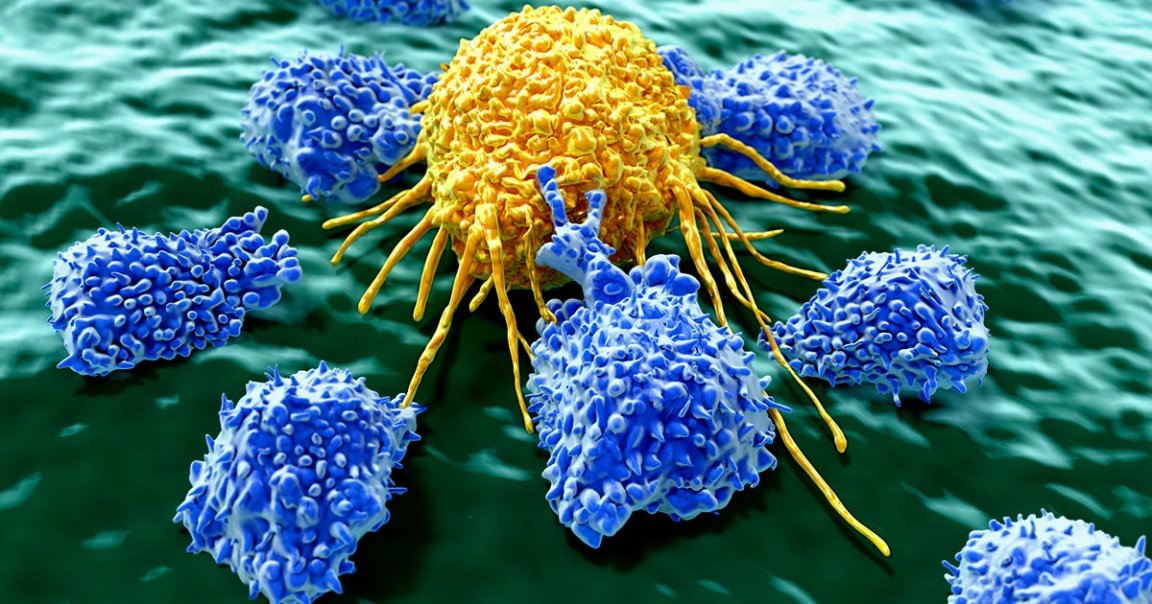
A team of researchers at Tel Aviv University in Israel has come up with tiny micro-robots that can scan individual cells to tell whether they’re healthy or in trouble.
These tiny cell inspectors, a mere ten microns across each, are even capable of transporting desired cells to a different location with the use of electricity or a magnet for later genetic analysis, making them a potentially groundbreaking new tool for diagnosing diseases or delivering drugs to a chosen location.
As detailed in a study published in the journal Advanced Science, the researchers borrowed from the natural functions of other organisms found in our bodies to develop the micro-robots.
“Developing the micro-robot’s ability to move autonomously was inspired by biological micro-swimmers like bacteria and sperm cells,” said Gilad Yossifon, biomedical engineering professor at Tel Aviv University and lead author of the paper, in a statement. “This is an innovative area of research that is developing rapidly, with a wide variety of uses in fields such as medicine and the environment and as a research tool.”
The tiny robots could, for instance, be used to single out cancer cells and transport them for taking biological samples and later medical diagnosis.
In tests, the researchers were able to use the robots to distinguish between healthy or dying cells and capture individual blood and cancer cells within a single bacterium.
“Our new development significantly advances the technology in two main aspects — hybrid propulsion and navigation by electric and magnetic mechanisms that are very different,” Yossifon said in the statement. “In addition, the micro-robot has an improved ability to identify and capture a single cell — without the need for tagging — for local testing or retrieval and transport to an external instrument.”
The researcher and his team are now looking to develop micro-robots that are capable of working inside the body that could, for instance, be used as “effective drug carriers that can be precisely guided to the target,” according to Yossifon.
More on bio robots: Scientists Build Gruesome Robots That Move With Mouse Muscles